T’ang-Dynasty (Year 608-907)

“Court Ladies wearing flowers in their hair”, T'ang Dynasty, 8th Century, Zhou Fang.
Liaoning Provincial Museum.
.png)
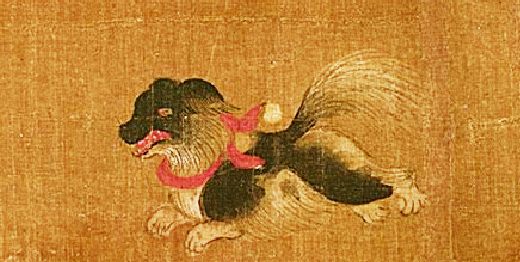
Details from “Court Ladies wearing flowers in their hair”
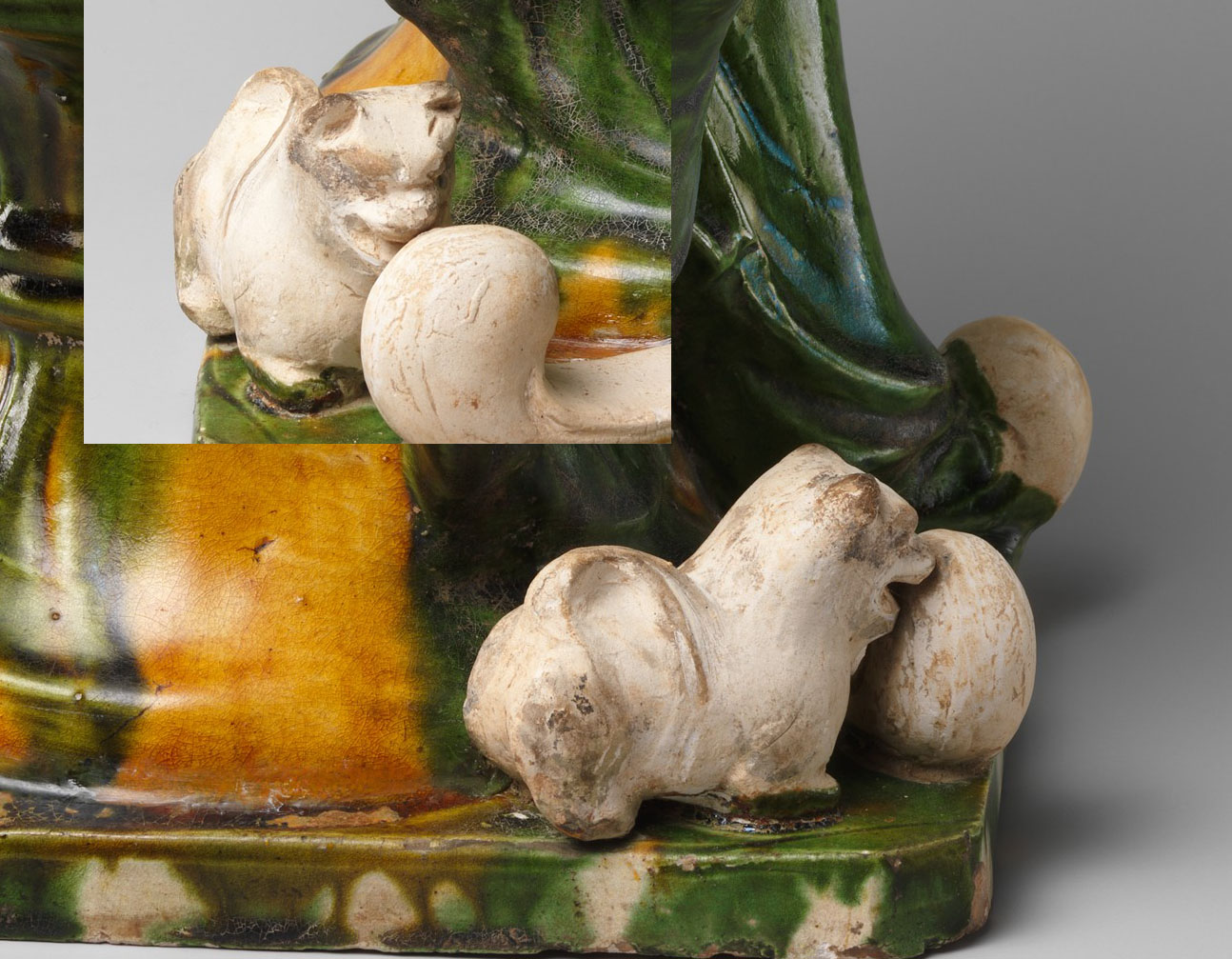
Detail from "Seated Court Lady", T'ang Dynasty China, 8th Century.
Metropolitan Museum of Art.
11th Century
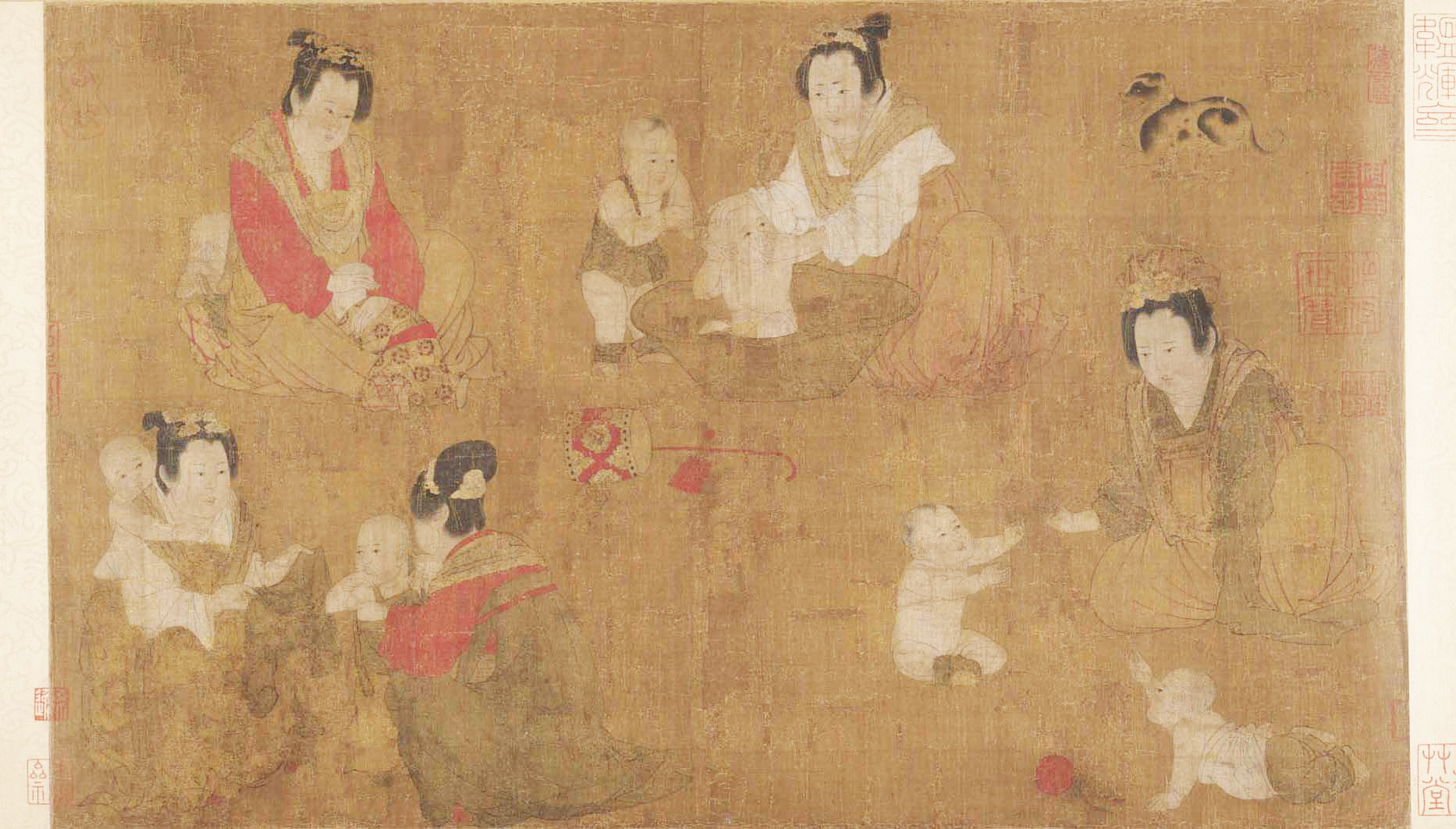
"Palace ladies bathing children", T'ang Dynasty China, 11th Century, Unidentified Artist.
Metropolitan Museum of Art.

Detail from "Palace ladies bathing children"

Detauk from “Tea Ceremony” mural, Liao-Dynasty China, 11-12th Century. Xiabali Liao Dynasty tombs.
Xiabali Village, Xuanhua, Hebei.
1100s
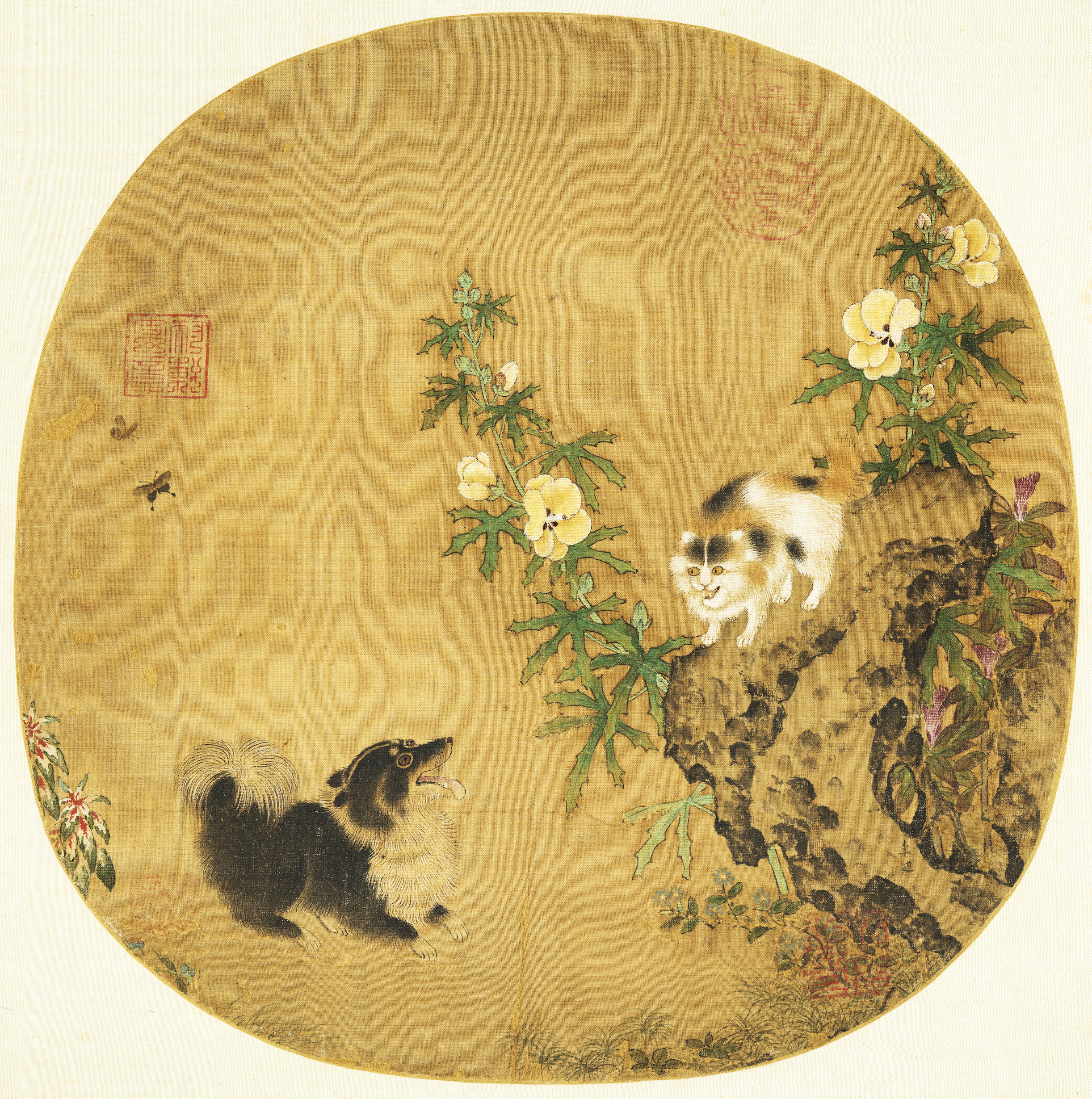
“Hibiscus and Rocks” part of a collection of paintings, Song Dynasty China, 12th Century. Li Ti.
The National Palace Museum, Taipei City
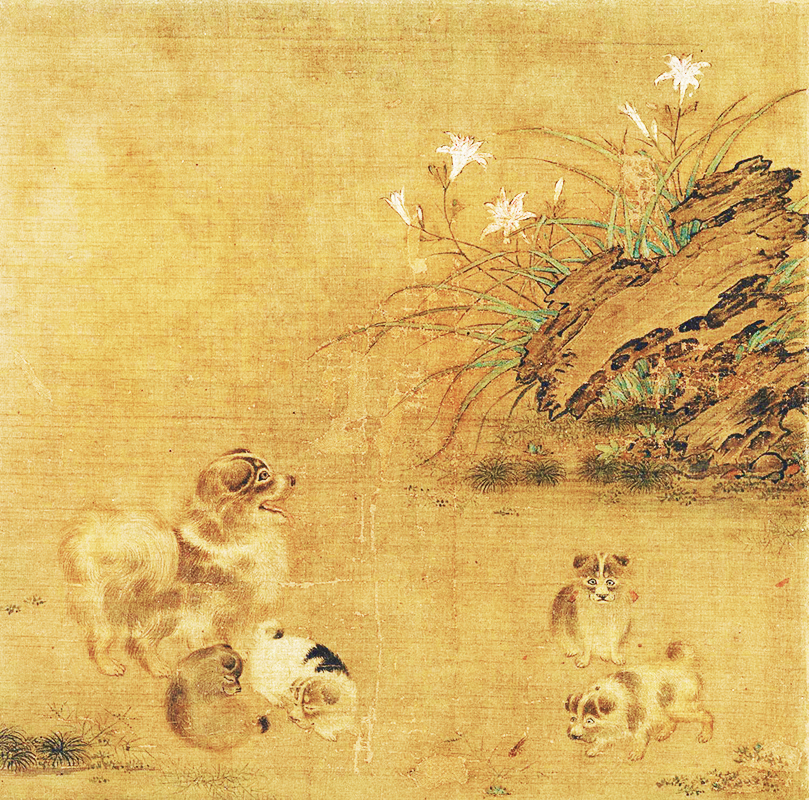
“Daylilies and Dogs at Play”, Nara period Japan, 12th century, Mao Yi (毛益).
Private collection, Japan.
1400s
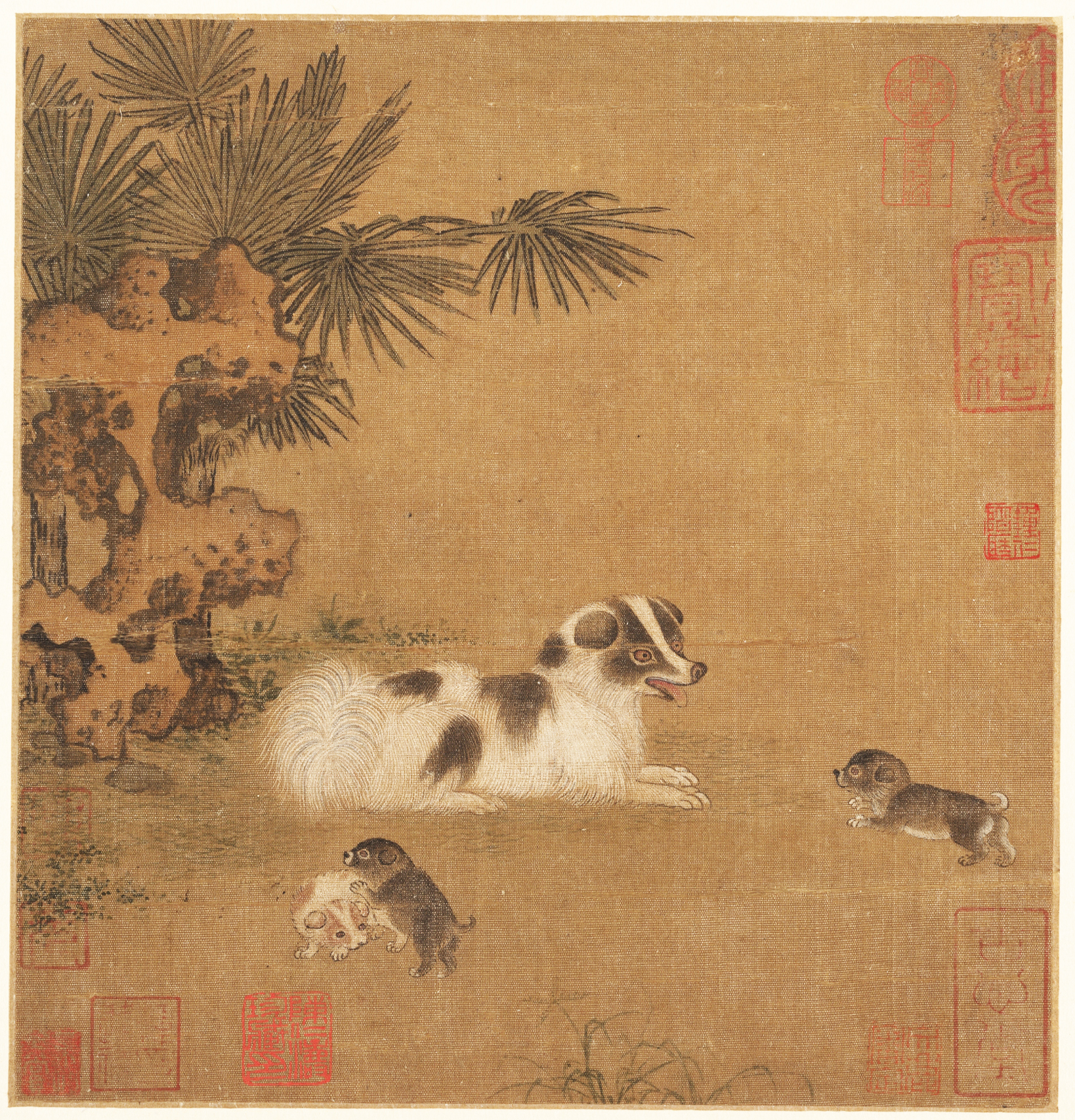
明 佚名 犬戲圖 冊頁 (“Puppies Playing beside a Palm Tree and Garden Rock”), Ming Dynasty China, 15th Century. Unknown Painter.
The Metropolitan Museum of Art, NY
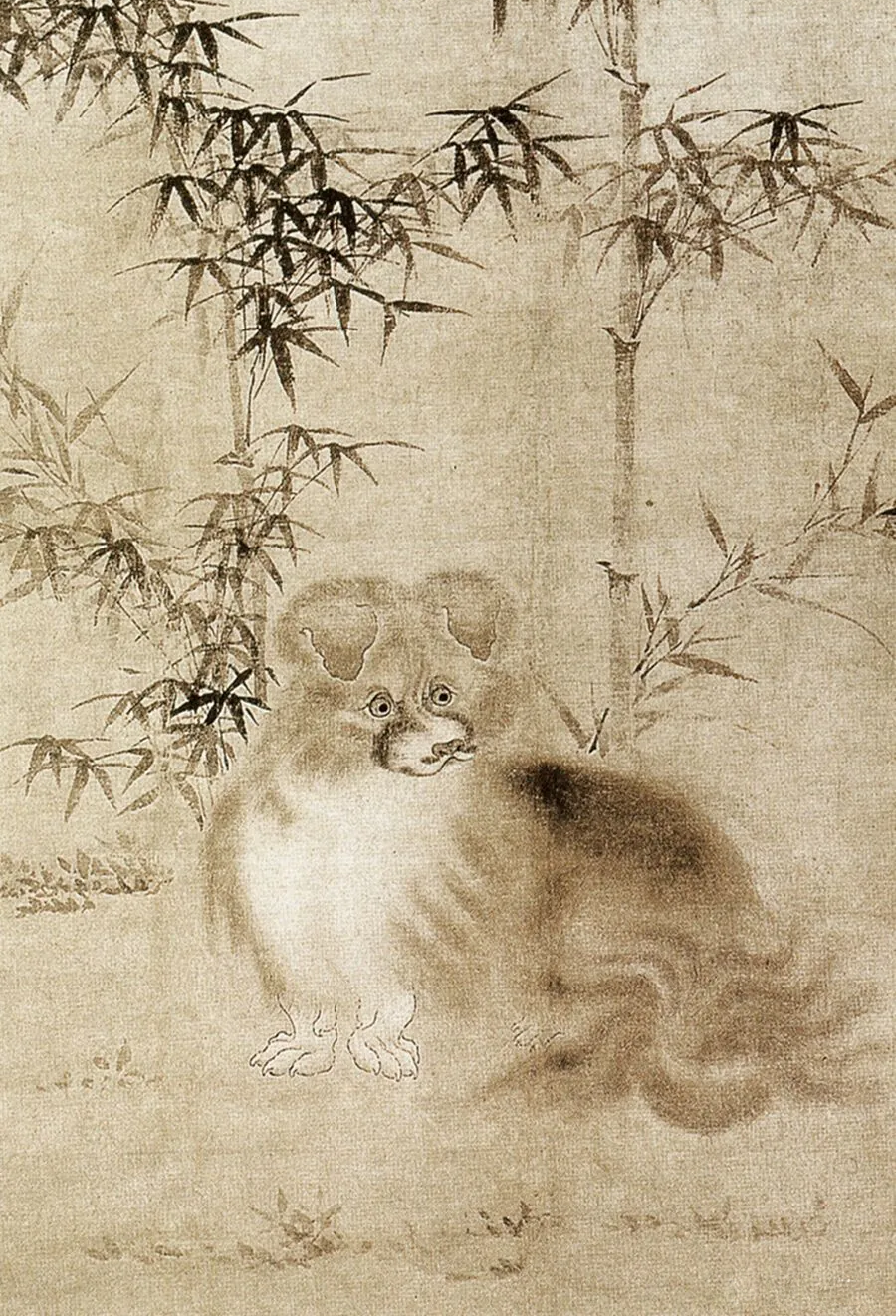
“Dog and Bamboo”, Ming Dynasty China, 1427, Zhu Zhanji (1399 - 1435).
Nelson Atkins Museum of Art
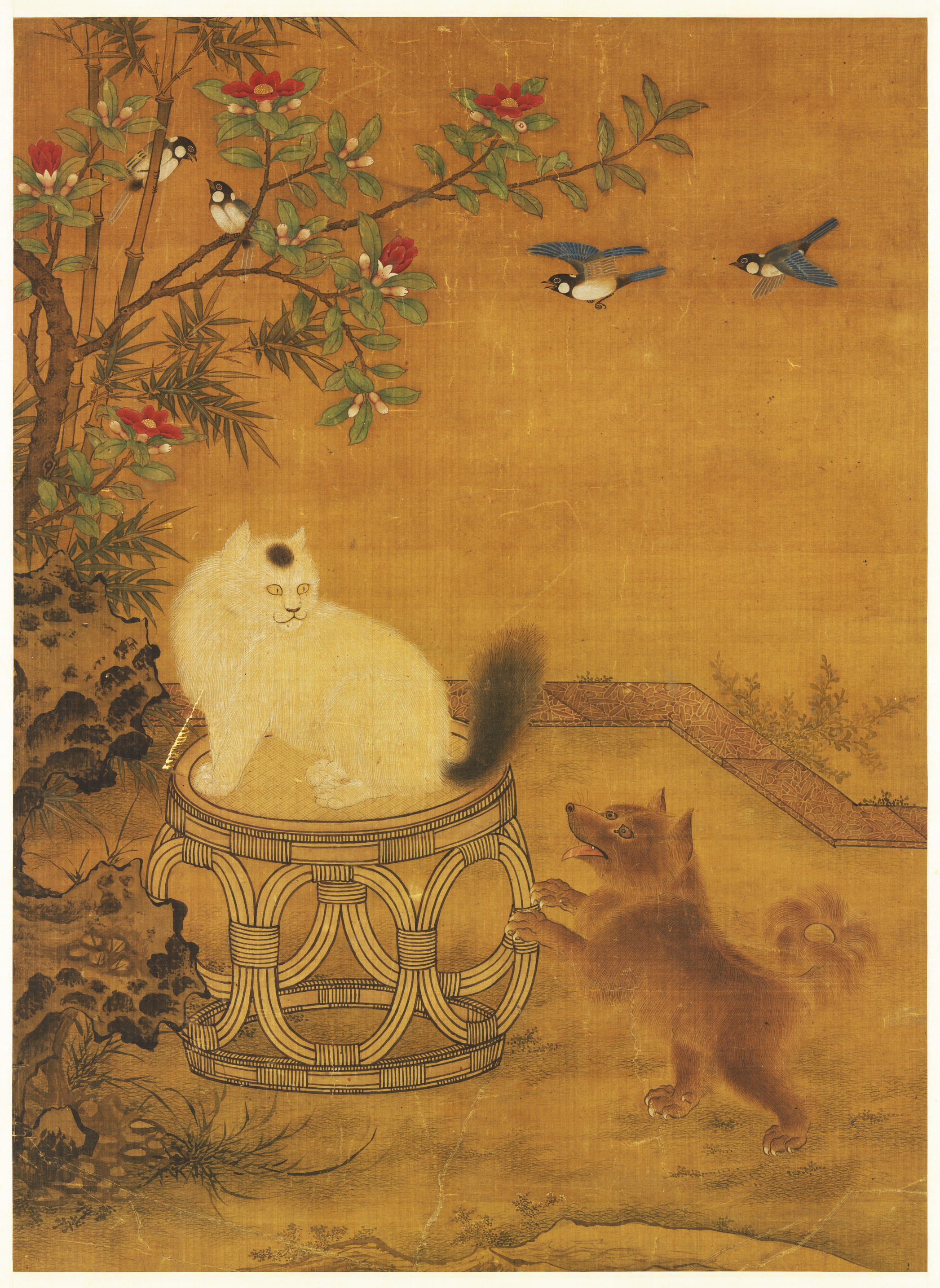
“Garden Scene”, Ming Dynasty China, mid 15th Century. Shang Xi (商喜).
The National Palace Museum, Taipei City
1600s
1700s
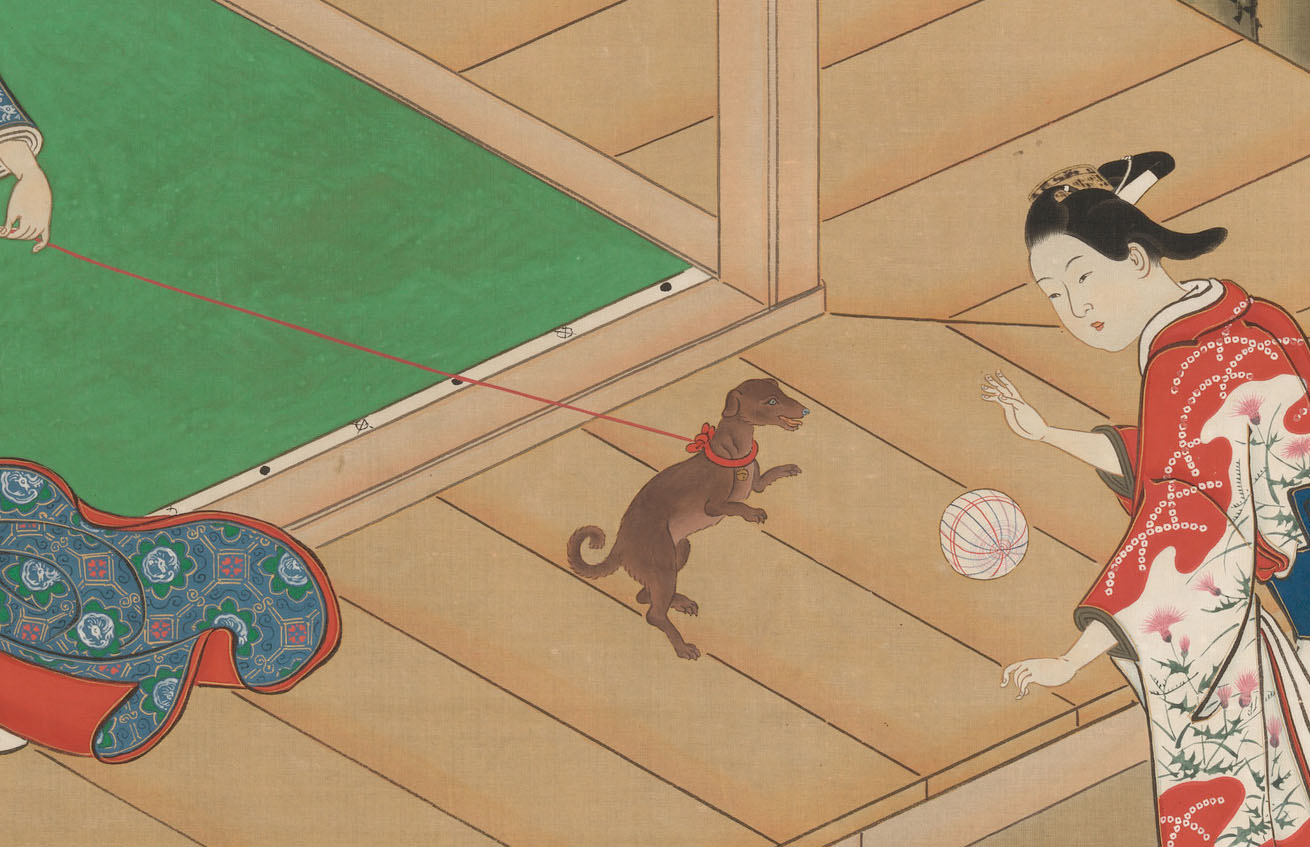
Detail from “Courtesan and Attendant Playing with a Dog”, ca 1716-1736, Nishikawa Sukenobu (Japan).
Met Art Museum, NY, USA.

Detail from “Painting of Lady and Children”, Quing Dynasty China, first half of 18th century.
Private Collection.
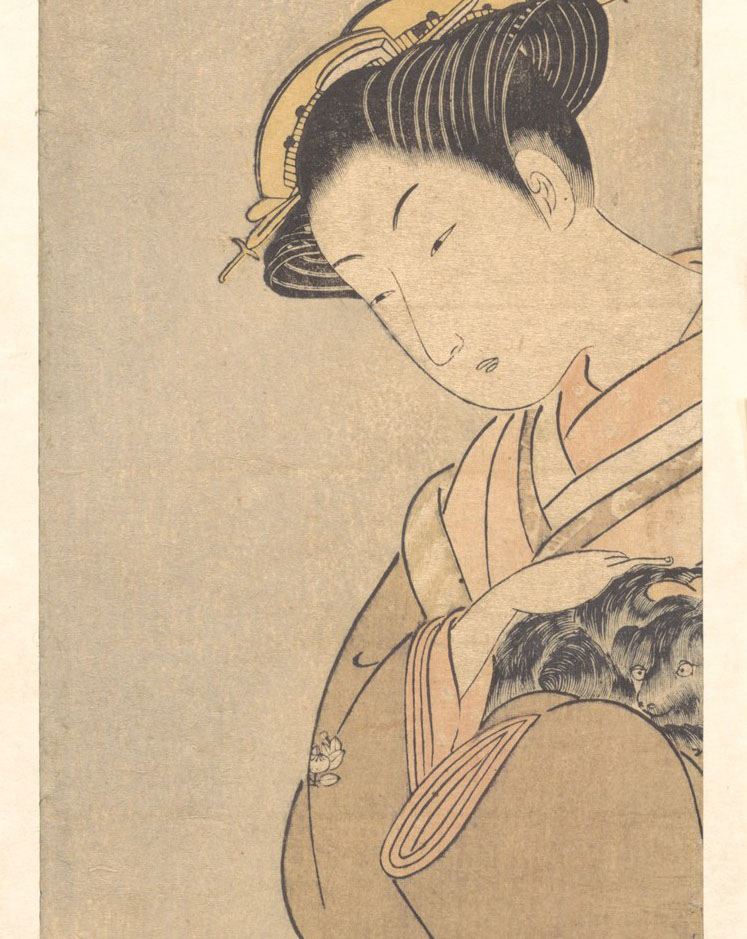
Detail from "An Oiran Holding a Black Dog", 1769, Suzuki Harunobu (Japan).
Met Museum of Art, NY, USA.

Detail from “A Young Woman with a Dog”, ca 1790-91, Torii Kiyonaga (Japan).
Met Art Museum, NY, USA..
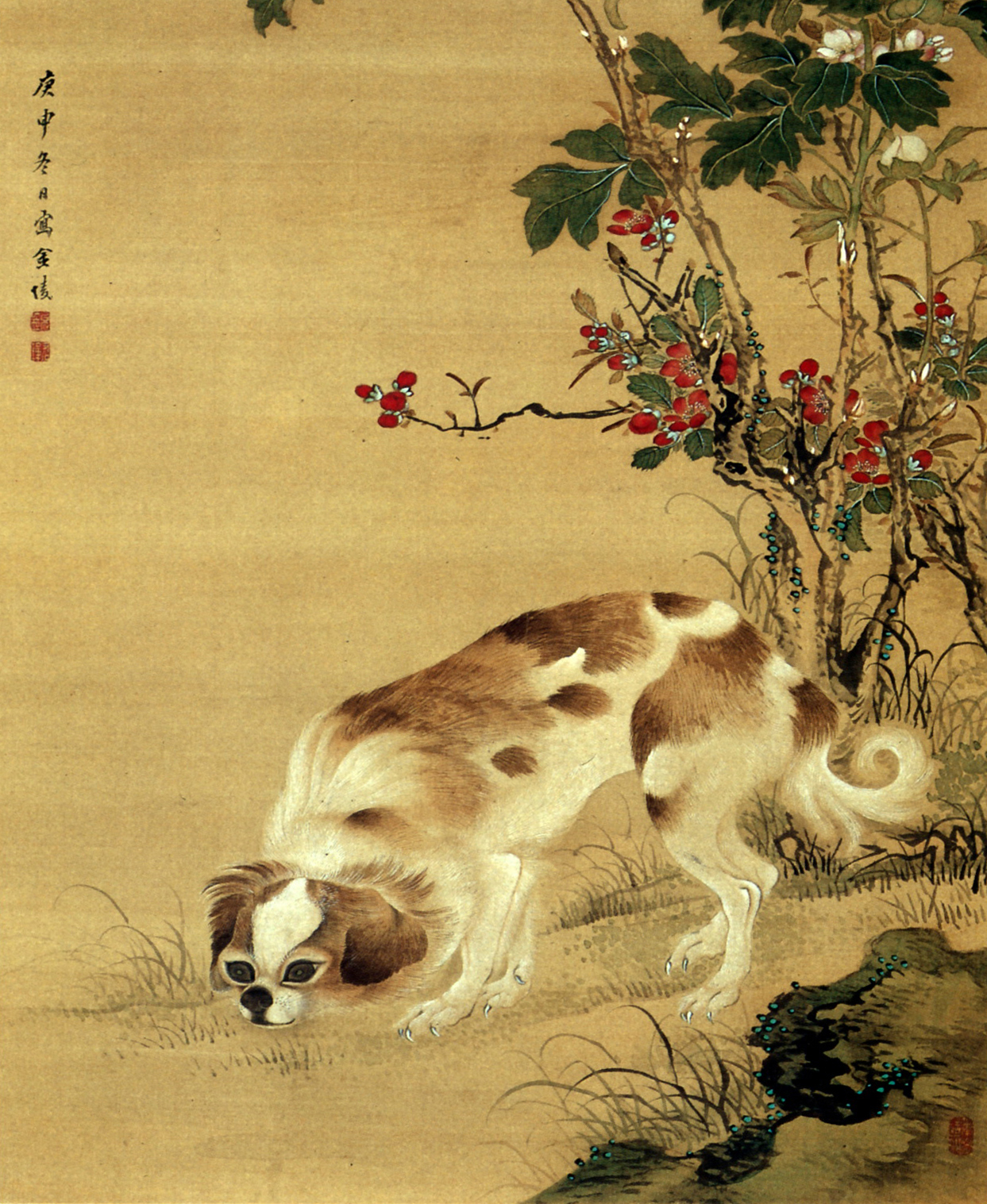
“Dog and Peonies”, Edo period Japan, late 18th to early 19th century, Kaneko Kinryō.
The Seikado Bunko Art Museum, Japan.
1800s
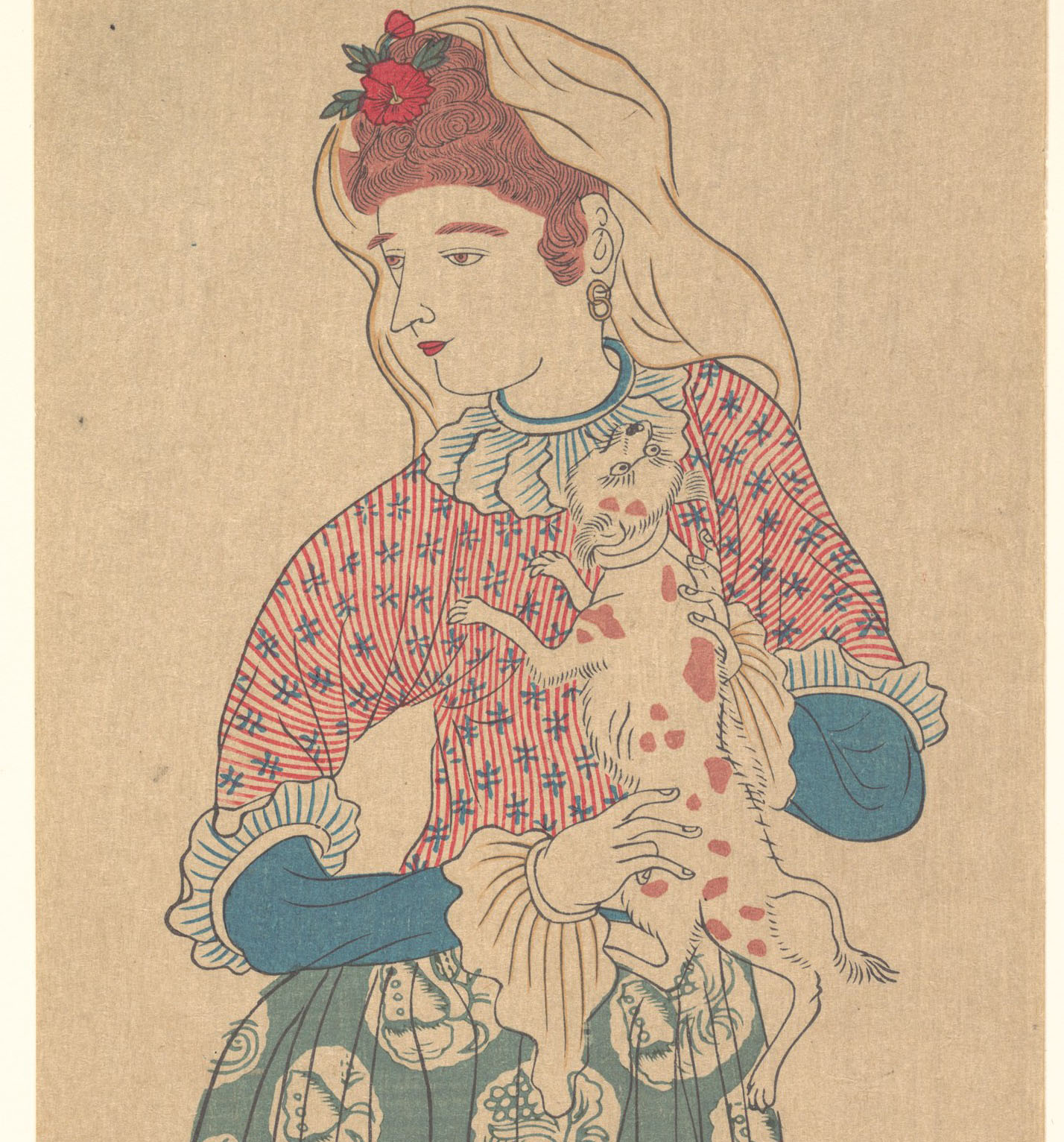
"Dutch Woman Holding a Dog", early 1800s, unknown japanese artist.
Met Museum of Art, NY, USA.

"Surimono Calendar for the Dog Year, 1814", 1814, Totoya Hokkei (Japan).
Met Museum of Art, NY, USA.
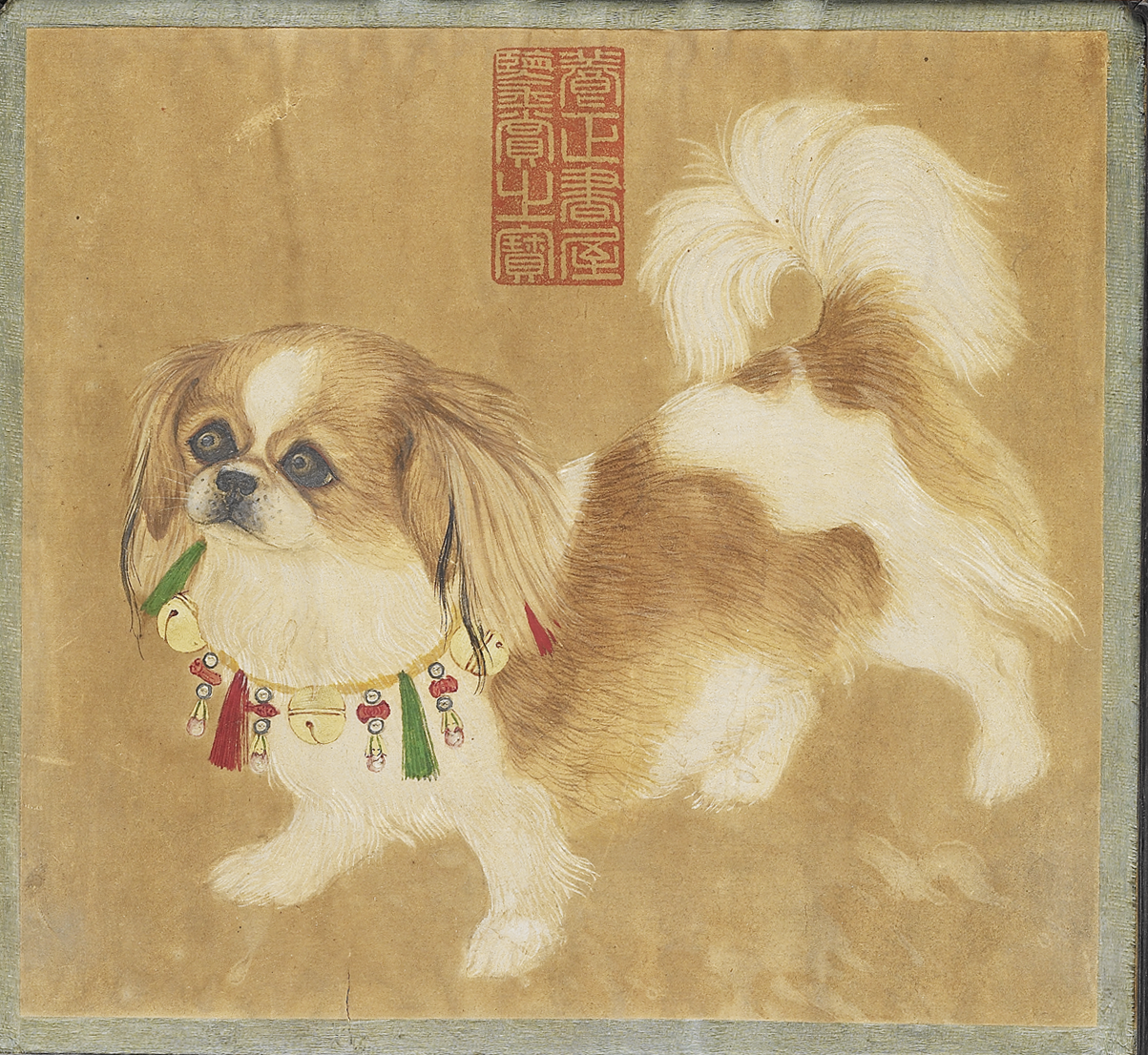
“畫犬插屏”, Dog Painted on a Table Screen, Quing Dynasty China, mid 19th century, unknown painter.
The National Palace Museum, Taipei City.
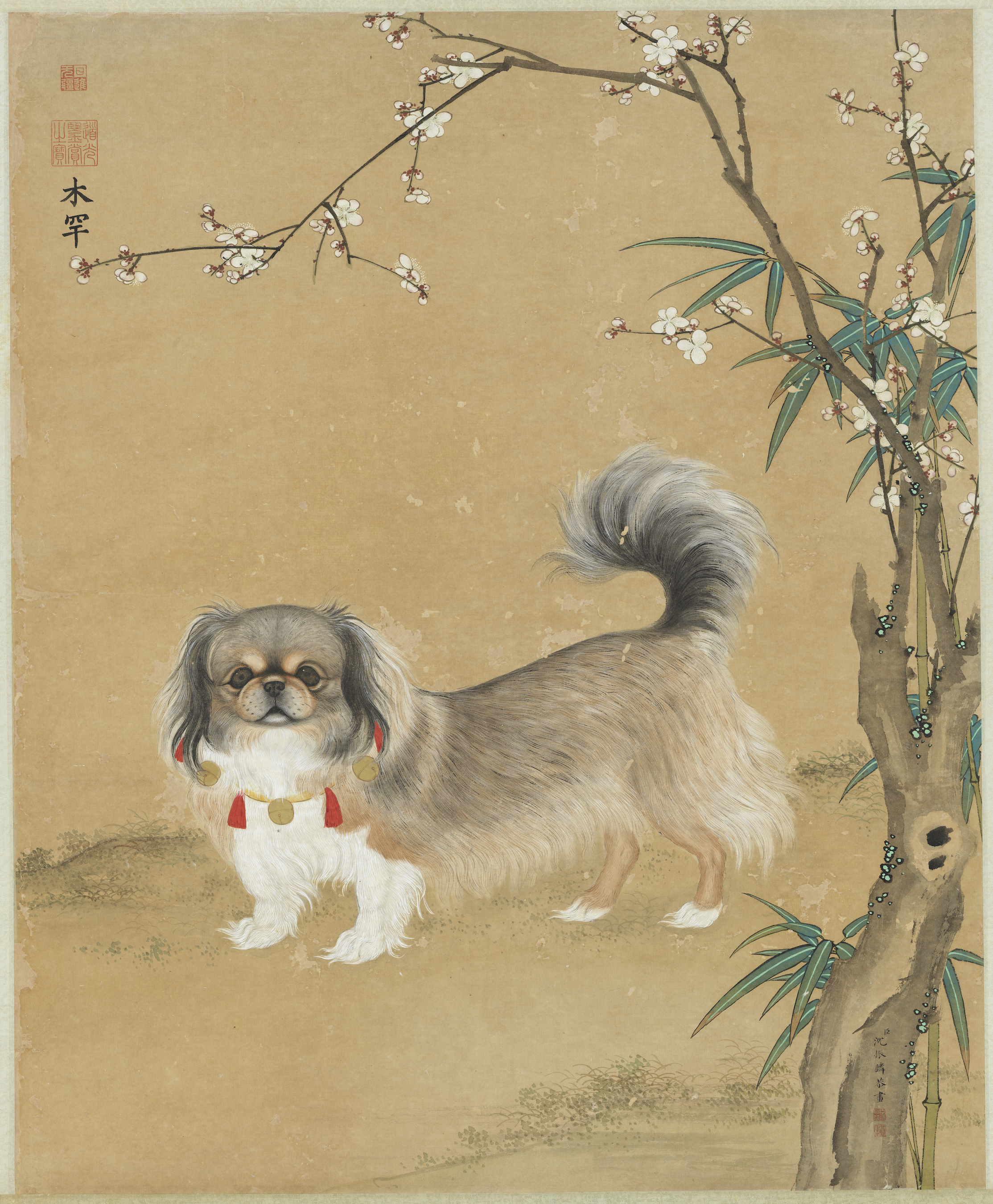
Painting of a Dog on a scroll, Quing Dynasty China, late 19th century, Shen Zhenlin (沈振麟).
National Palace Museum, Taipei City.
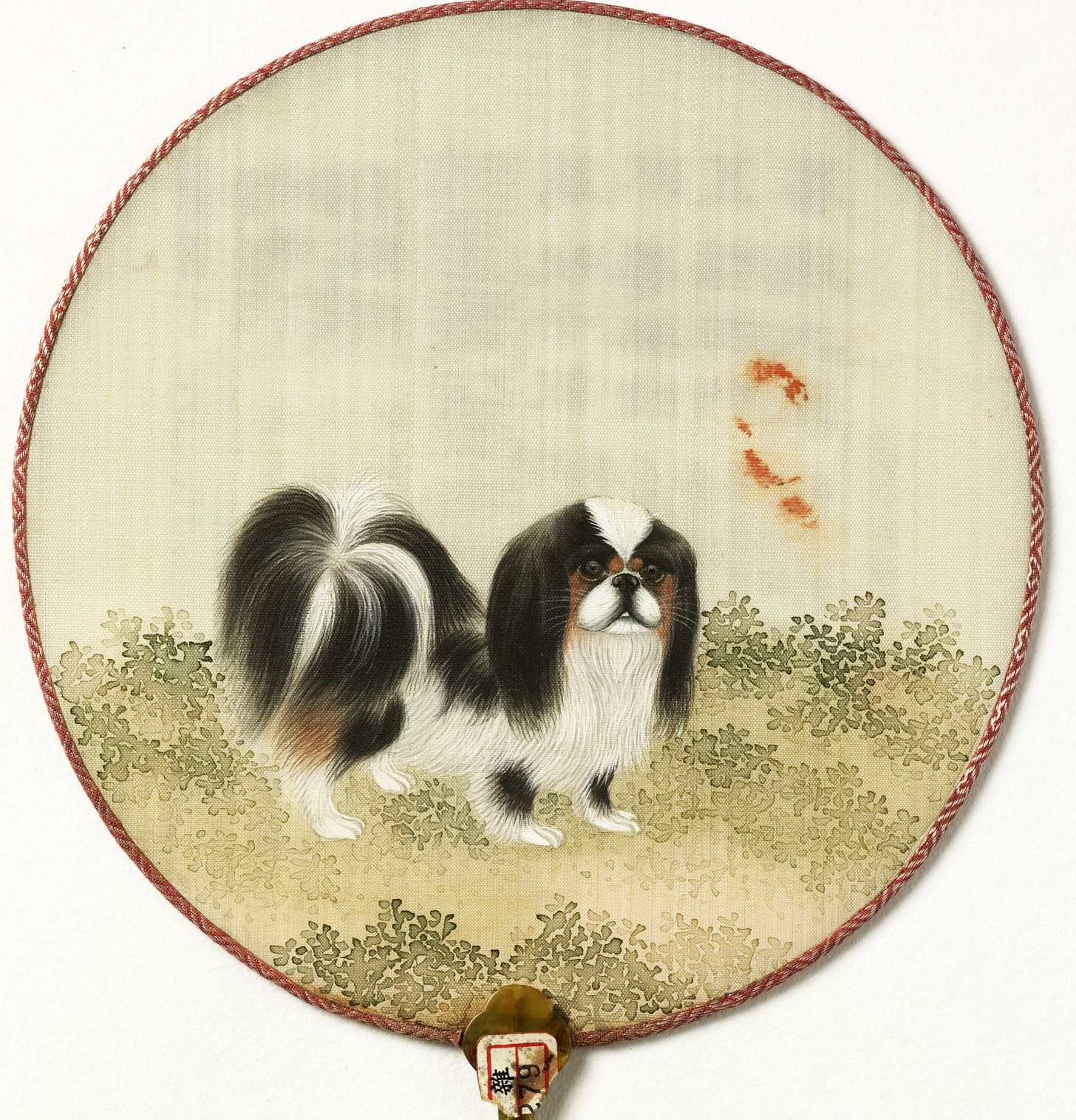
Painting of a Dog on a fan, Quing Dynasty China, Li Tingliang (李廷樑).
National Palace Museum, Taipei City
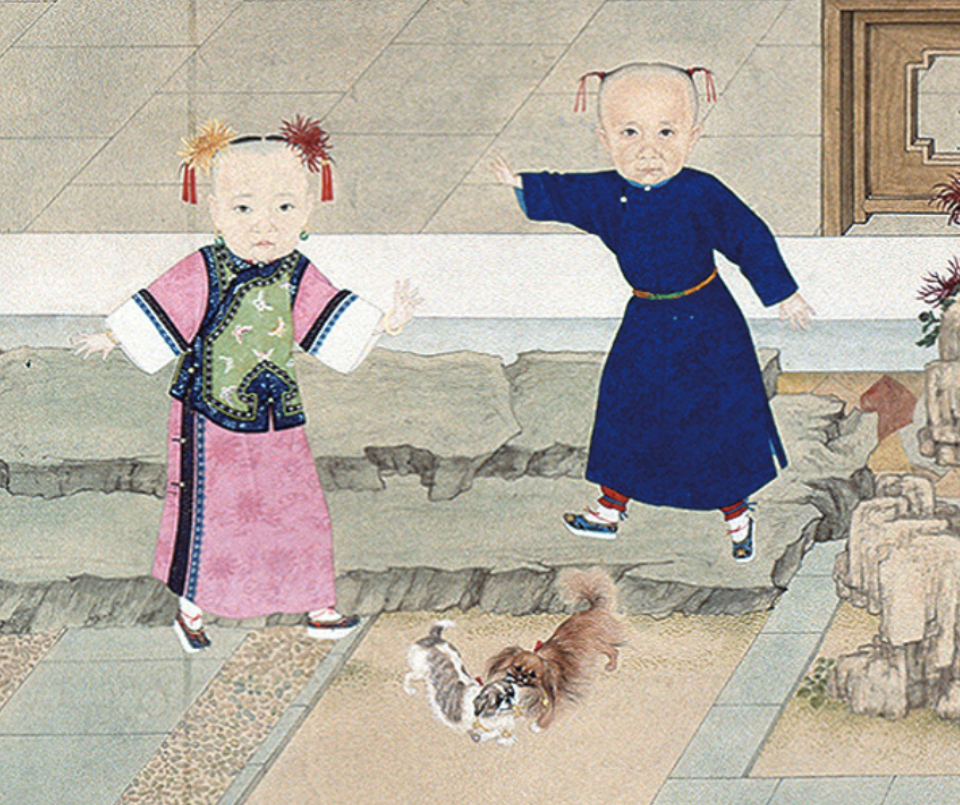
Details of scene of the Quing Dynasty Court, late 19th century, unknown court painter.
National Palace Museum, Beijing.

Details of scene of the Quing Dynasty Court, late 19th century, unknown court painter.
National Palace Museum, Beijing.
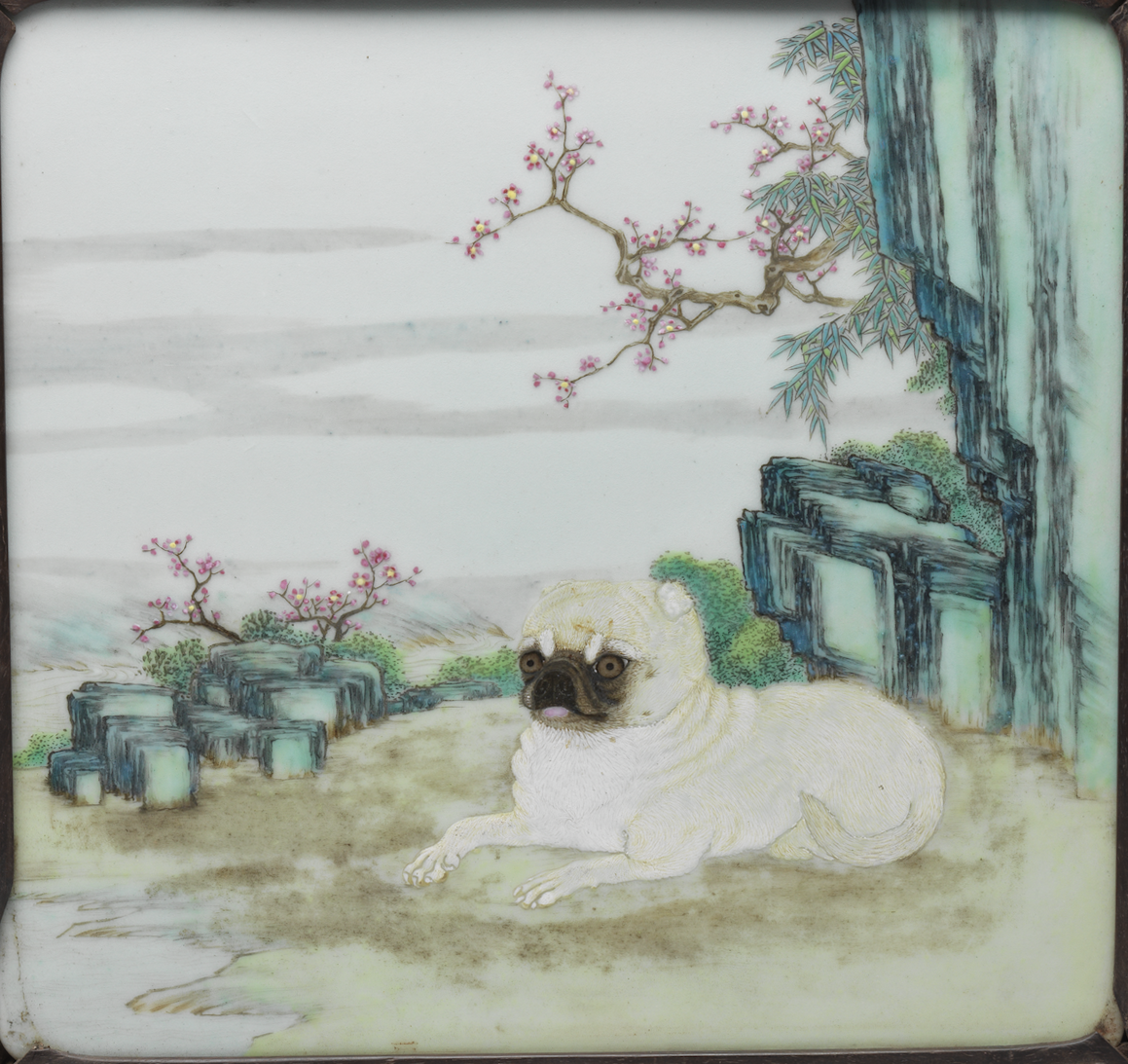
“粉彩花卉名犬瓷板”, Painted Enamel Plaque, Quing Dynasty, unknown painter.
The National Palace Museum, Taipei City.
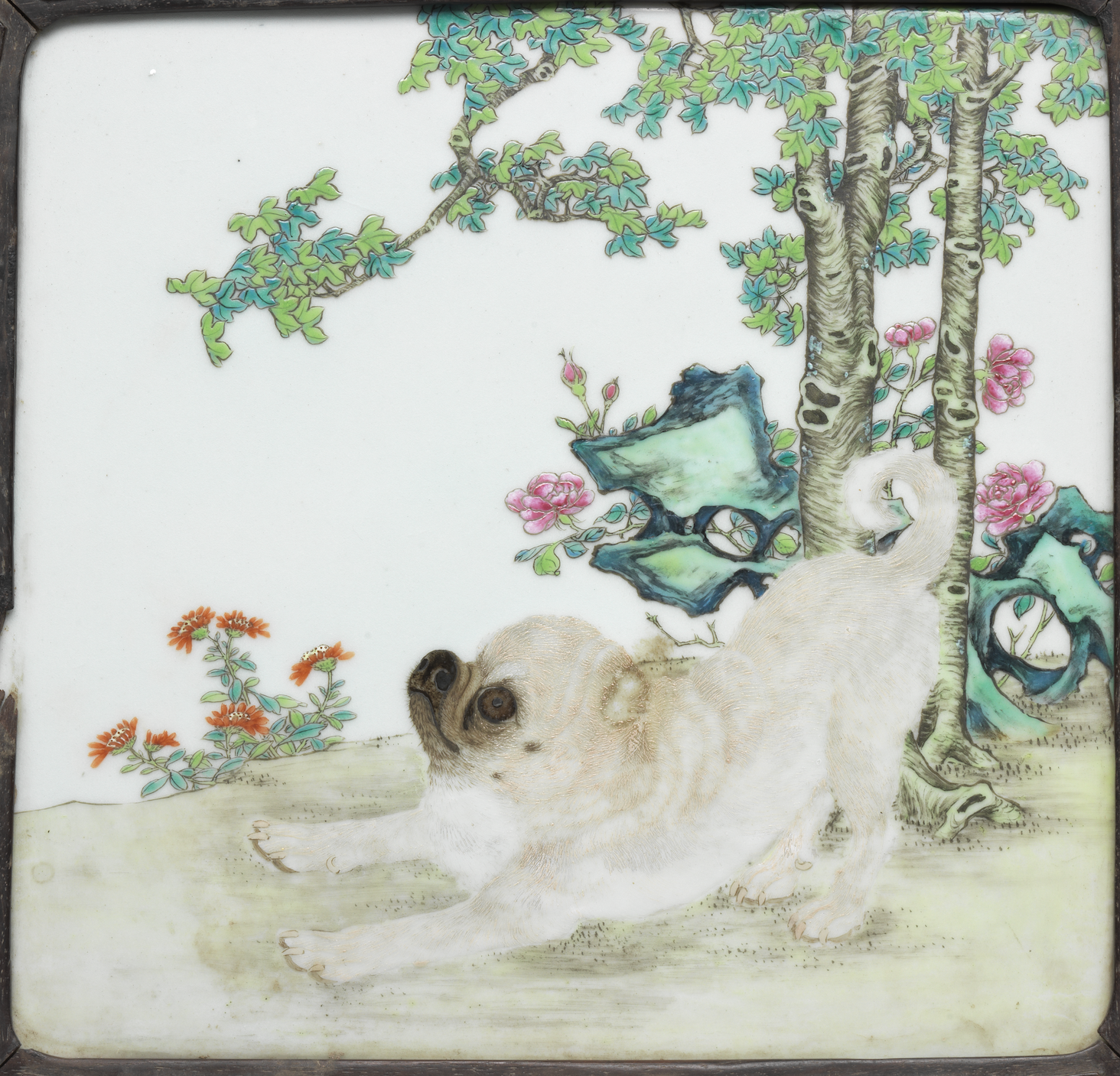
“粉彩花卉名犬瓷板”, Painted Enamel Plaque, Quing Dynasty, unknown painter.
The National Palace Museum, Taipei City.